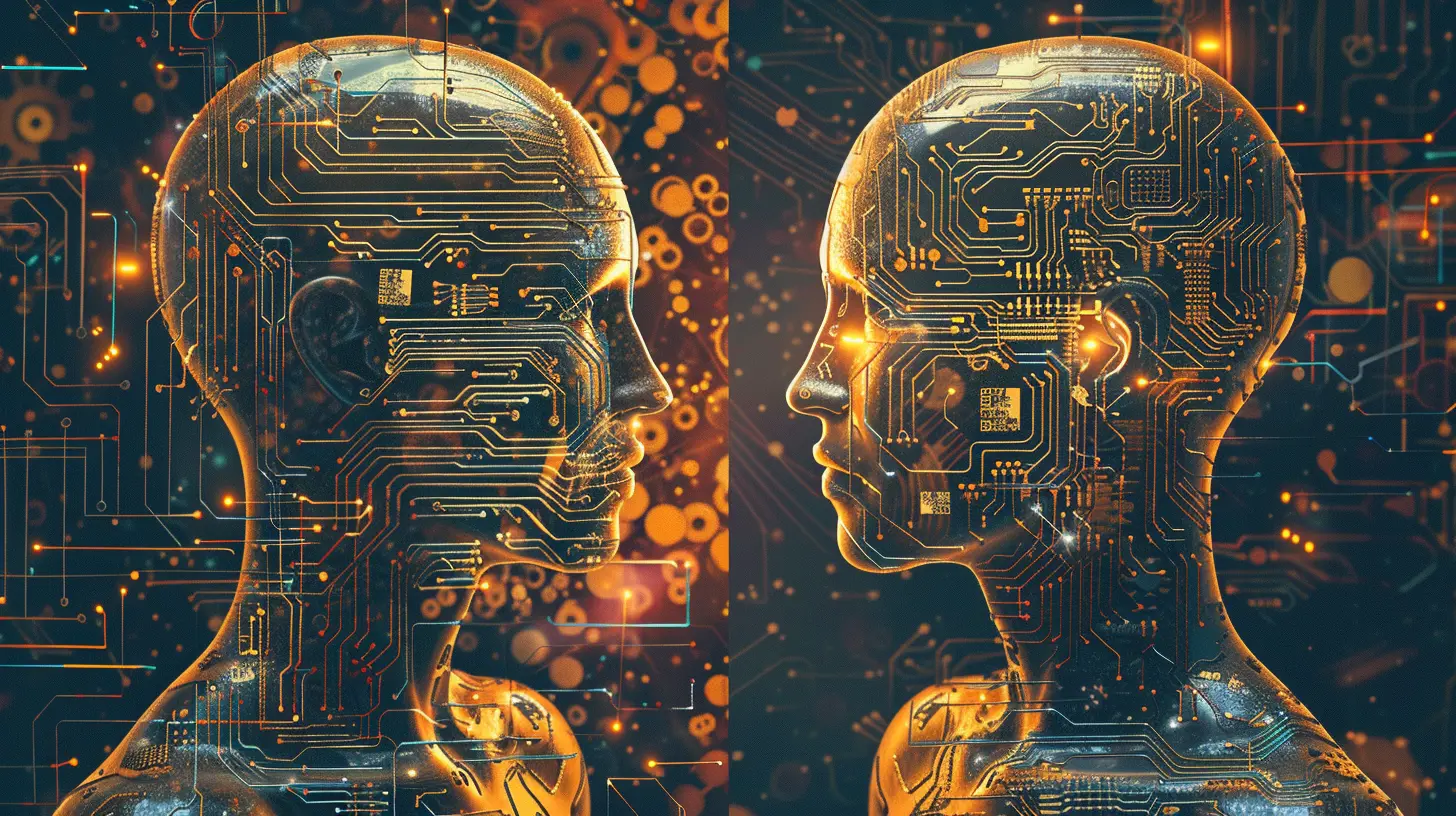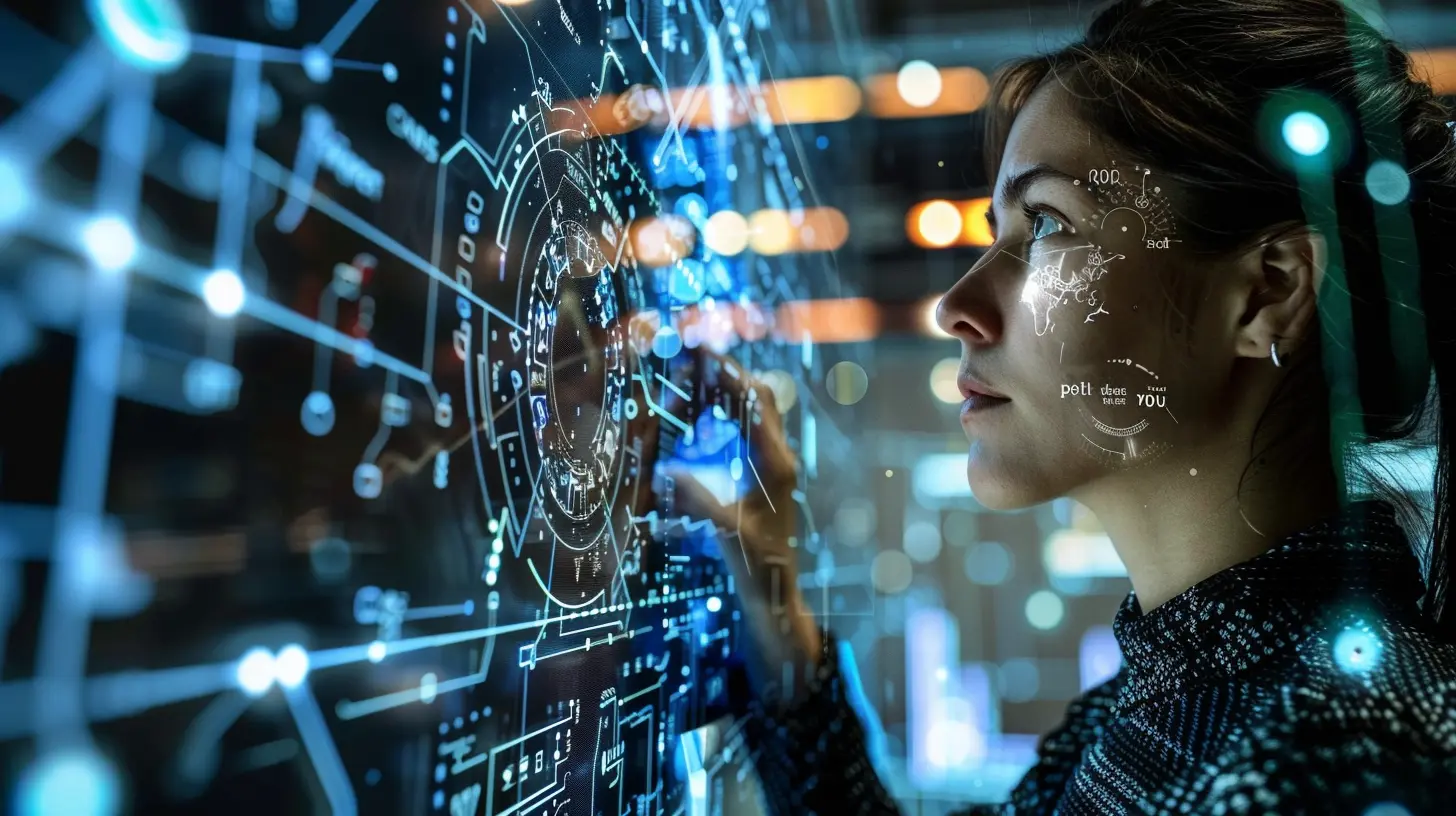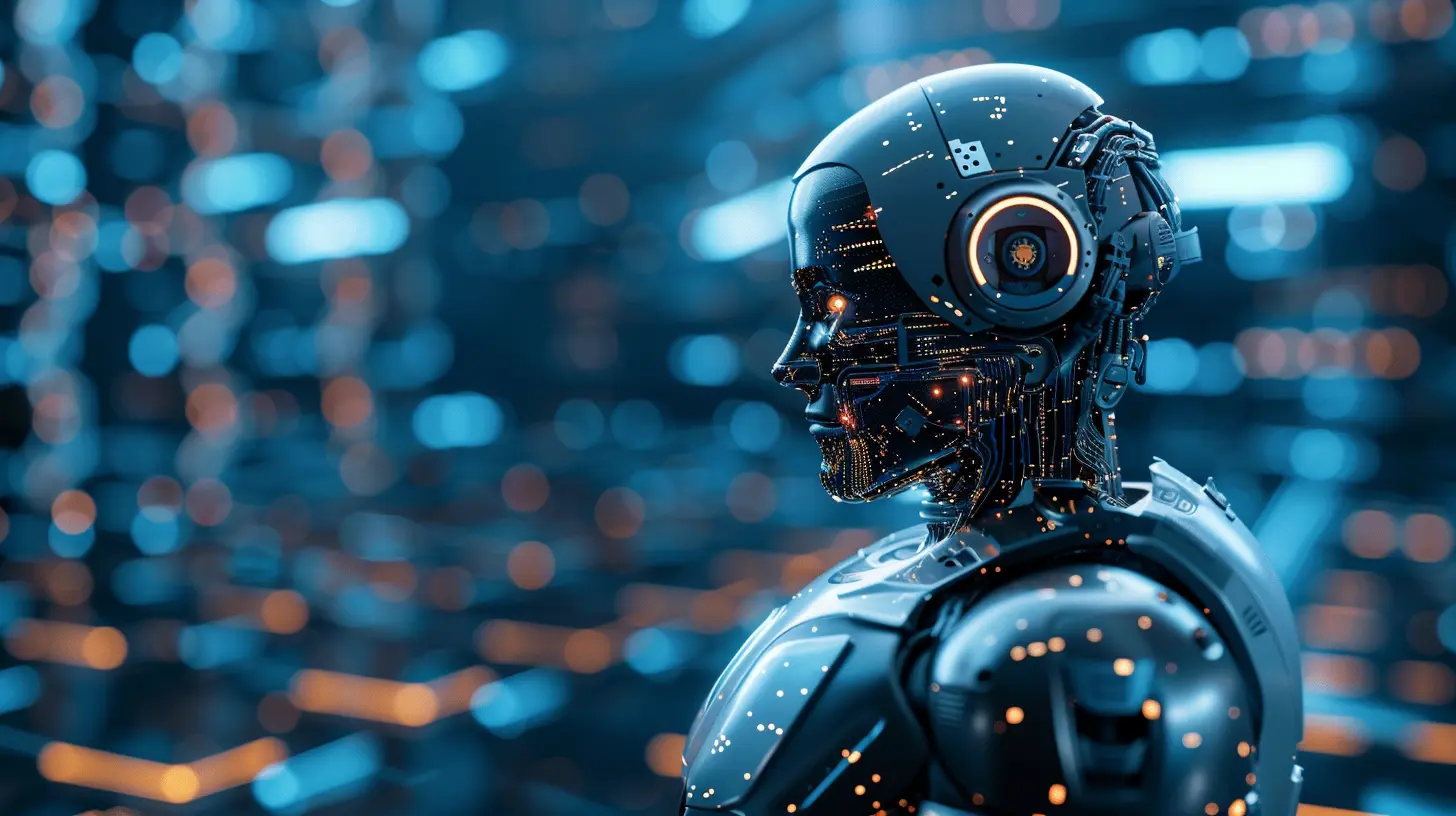12 April 2025
Imagine you're traveling to a foreign country, and you need to ask for directions. You pull out your phone, speak in your native language, and instantly, the words appear in another language on the screen. A local reads it, nods, and points you in the right direction. No awkward charades, no flipping through phrasebooks—just seamless communication.
Sounds like magic, right? Well, machine learning (ML) has made this a reality with real-time language translation. From business meetings to casual conversations, this technology is revolutionizing the way people interact across languages.
But how does it work? And how far have we come in perfecting it? Buckle up because we're diving deep into the world of ML-driven real-time translation! 
🚀 The Evolution of Language Translation
From Dictionaries to AI-Powered Translation
Back in the day, if you wanted to translate something, you'd grab a dictionary and painstakingly look up each word. Then came computer-assisted translation tools like Google Translate, which, at first, were mostly based on rule-based systems (essentially, digital dictionaries).But human language is messy. It’s full of slang, idioms, and context-dependent phrases. Rule-based systems struggled to keep up.
Enter machine learning and neural networks, where AI doesn't just translate words—it understands context, tone, and meaning.
Neural Networks: The Backbone of ML Translation
Modern real-time language translation relies heavily on Neural Machine Translation (NMT). Instead of translating word-for-word, NMT systems analyze complete sentences and figure out how words interact. This results in smoother, more natural translations.Think of it as the difference between an amateur chef following a recipe to the letter and a seasoned chef who instinctively knows how to balance flavors. 
🧠 How Machine Learning Powers Real-Time Translation
Okay, so machine learning makes translation better—but how does it actually work? Let's break it down.1. Data Collection & Training
Machine learning models need to be trained on huge datasets. This includes books, articles, subtitles, and even conversations. The more diverse the data, the better the AI understands different contexts and dialects.Big tech companies like Google and OpenAI use multilingual datasets from millions of translations to train powerful models.
2. Natural Language Processing (NLP)
Once trained, the AI leverages Natural Language Processing (NLP) to understand sentence structure, context, and meaning. Imagine NLP as the brainpower behind translation—it allows computers to process human language in a way that makes sense.3. Speech Recognition & Synthesis
Text translation is one thing, but real-time voice translation adds another layer of complexity. It involves:- Speech recognition – Converting spoken words into text.
- Machine translation – Translating the text into another language.
- Speech synthesis – Converting translated text back into speech.
All of this happens in mere seconds, thanks to deep learning models optimized for speed and accuracy.
4. Context Awareness & Continuous Learning
Older translation systems struggled with ambiguous phrases (like "Let's eat, grandma!" vs. "Let's eat grandma!"). Modern ML-powered translations use context-awareness to avoid such blunders.Plus, continuous learning helps these models improve over time. Every interaction refines the algorithm, making translations more accurate with each use. 
🔥 Real-World Applications of ML-Powered Translation
1. Breaking Language Barriers in Business
Global businesses rely on machine learning for real-time multilingual communication. Virtual meetings between teams in different countries are now possible with instant translation tools like Google Meet and Zoom.2. Helping Travelers Navigate Foreign Lands
Ever tried ordering food in a country where you don’t speak the language? ML-powered translation apps like Google Translate and Microsoft Translator bridge the communication gap, making travel smoother and more enjoyable.3. Bringing Education to Everyone
Language should never be a barrier to learning. AI-powered translation makes online courses, lectures, and research accessible to people who don’t speak the source language. This is a game-changer for global education!4. Enhancing Customer Support
Companies use AI-driven translation to provide multilingual customer support in real time. Chatbots can now understand and respond in multiple languages, reducing wait times and improving customer experience.
😎 The Challenges of Machine Learning in Translation
Despite its impressive progress, ML-driven translation isn’t perfect (yet). Here are some challenges still being tackled:🕵️ 1. Accuracy & Nuance Issues
Languages are full of idioms, cultural nuances, and slang. While AI has improved significantly, it can still miss subtle meanings, leading to awkward or even misleading translations.Example:
- English: "It’s raining cats and dogs."
- Literal Translation in Another Language: “Animals are falling from the sky.”
See the problem?
🏎️ 2. Speed vs. Precision Trade-Off
Real-time translation requires blazing-fast processing. However, balancing speed and accuracy is tricky. Faster translations sometimes compromise quality, leading to weird or robotic-sounding sentences.🔒 3. Privacy Concerns
Real-time translation often requires cloud-based processing, where data is sent to remote servers for analysis. This raises serious privacy concerns, especially for sensitive conversations. Some companies are working on on-device AI models to solve this.🤖 The Future of Real-Time Translation
The world of real-time translation is evolving fast. Here’s what the future might look like:🌍 1. Hyper-Personalized Translation
AI may soon understand your personal communication style, adapting translations to sound more like you. Imagine an AI that translates with your tone, humor, and vocabulary!💡 2. Wearable Translation Devices
What if you didn’t need an app? Wearables like smart earbuds or AR glasses could provide instant, seamless translation wherever you go—say hello to the real-life Babel Fish from "The Hitchhiker’s Guide to the Galaxy"!🧠 3. Better Context Awareness
Future translation AI might not just understand words but also interpret body language, tone, and facial expressions—making translations even more human-like.🔐 4. On-Device AI for Privacy
More companies are investing in on-device AI, meaning translations happen locally on your device instead of the cloud. This would improve speed, security, and privacy.🎯 Conclusion
Machine learning has taken real-time translation from a sci-fi dream to a daily necessity. Whether you're traveling, working, learning, or just having a chat with someone who speaks a different language, AI-driven translation is breaking barriers and bringing the world closer.Of course, challenges like accuracy, privacy, and nuance still exist. But with rapid advancements in AI, NLP, and deep learning, the future of real-time translation looks brighter than ever.
One day, we might live in a world where language is no longer a barrier—just a difference. And honestly? That’s pretty amazing.





Rivenheart Price
Absolutely love how machine learning is making our world smaller! Real-time language translation is a game-changer for connecting cultures. Can't wait to see how this technology evolves and bridges even more gaps!
April 22, 2025 at 6:54 PM